WHY INVISALIGN?
Invisalign® is highly popular among patients due to the virtually invisible aligners. The treatment is hard to detect, and most people won't notice it at all. Alongside its exceptional discretion, there are numerous other advantages associated with this unique orthodontic system.

Fits Around Your Lifestyle
Flexibility to remove your aligner for various activities such as eating, drinking, or playing sports.

Unrivalled Comfort
Custom made to fit perfectly to your teeth withno wires or rough areas.

Hygienic
Removable aligners allow you to clean your teeth as normal.

Non Invasive
No drilling or invasive work required. The aligners do all the hard work over time.

Prevent Tooth Wear
Straightening your teeth reduces tooth wear and can fix jaw issues.

Quick And Efficient
Notice the difference in weeks. Invisalign treatment can be completed in as little as 6-9 months for mild cases.
Invisalign Treatment Solutions
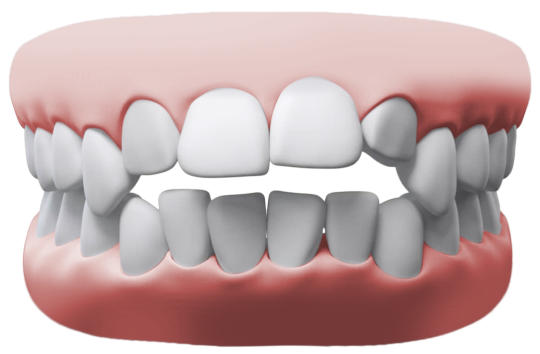
Open Bite
An open bite is where the front upper and lower teeth do not meet when the mouth is closed, leaving a gap. Often caused by habits like thumb-sucking or genetic factors, it can affect biting and appearance.
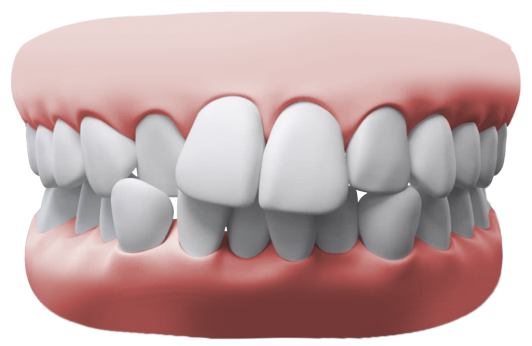
Crowded Teeth
Crowded teeth occur when there isn't enough space in the jaw for all teeth to fit normally, causing overlapping or twisted teeth. Often due to genetic factors or early loss of baby teeth, this condition can hinder oral hygiene and may require orthodontic correction.
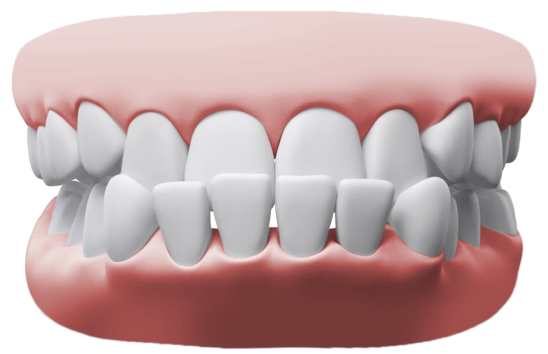
Under Bite
An underbite is when the lower front teeth protrude past the upper front teeth, often due to jaw misalignment or genetics. This condition can affect chewing and speech and usually requires orthodontic or surgical treatment.
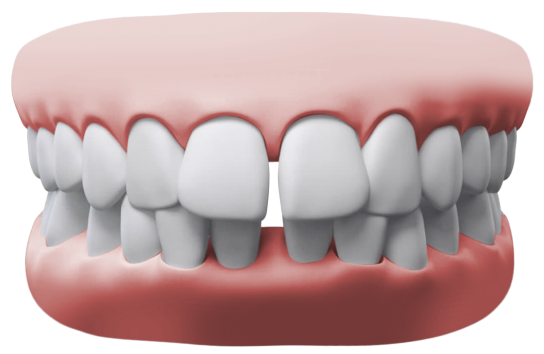
Gapped Teeth
Gapped teeth, or diastema, refer to noticeable spaces between two or more teeth. Often hereditary or caused by habits like thumb- sucking, these gaps can be an aesthetic concern and are best addressed with orthodontic treatment.
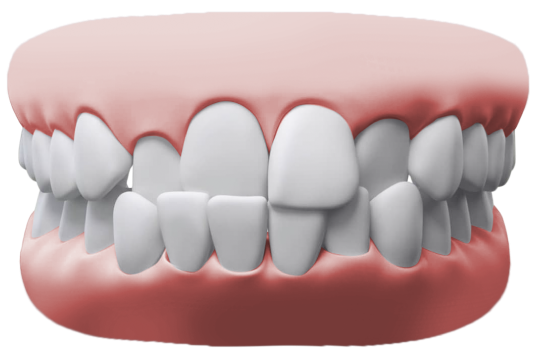
Cross Bite
A crossbite is when some of the upper teeth sit inside the lower teeth instead of the outside. Caused by misaligned jaws or irregular teeth positioning, it can lead to uneven wear and jaw issues. Orthodontic treatment is often recommended for correction.
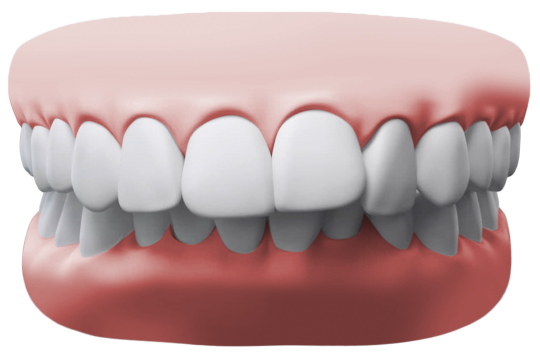
Over Bite
An overbite is when the upper front teeth overlap significantly with the lower teeth. Often genetic or caused by habits like thumb-sucking, it can lead to bite issues or enamel wear. Orthodontic treatment is commonly used for correction.
Dr Ian Grobler (Specialist Orthodontist)
BChD 1990 ( UStell) MSc (ULond) MOrth RCS(Ed) 1998 GDC no 65532
Ian received his Master’s degree in Orthodontics from the University of London and the Membership in Orthodontics from the Royal College of Surgeons of Edinburgh in 1998; registered as a specialist orthodontist with the General Dental Council.
Since graduating he has helped thousands of people with their confidence and transforming their smiles.
Ian graduated in Dentistry from the University of Stellenbosch, South Africa in 1990 and thereafter practiced general dentistry in Farnham, Surrey for five years. He then committed to three year’s full time postgraduate orthodontic training at Guy’s Hospital, Mayday University Hospital and East Surrey Hospital.
Ian prioritises maintaining a close working relationship with other specialists and has treated a vast number of complex cases which required a combined multi-disciplinary approach. Having handled well in excess of 16,000 orthodontic cases, he is experienced in his field and committed to consistently expanding his knowledge through regularly attending conferences, workshops and lectures.
“There are few things which give me as much pleasure as working with a patient to improve their smile and seeing how much confidence the end result delivers”.
Helping to guide colleagues and mentees towards success is another area Ian derives huge enjoyment from. Since 2010,he has diligently mentored his Orthodontic Therapists, with a number of them securing “student of the year” awards. During 2017 – 2019, he carried out the role of Clinical Supervisor in Orthodontics, teaching post graduate students at the Eastman Dental hospital in London. He has also previously taught orthodontic programmes to dental nurses as part of their Certificate in Orthodontic Nursing at Southern Dental Trainers.
Beyond his clinical duties, Ian has delivered lectures at the annual conference for the British Orthodontic Society. Topics included: ‘In Practice’ Clinical Tips; Utilisation of the Orthodontic Therapist in Clinic; and Guidance to Training Administration and Reception Teams in Clinical Procedures. The latter proved to greatly assist in the patient journey.
Ian takes great pleasure and pride in making a difference to the individual lives of his patients and is well placed to take good care of you and/or your children’s orthodontic needs.
GDC no: 65532
BCHD(UStell) MSc(ULond) M.Orth( Ed)
Invisalign - The Process
Step 1
A full examination: a discussion about your concerns and expectations.
Step 2
Several photographs & scans are captured.
Step 3
Planning of the Invisalign and your custom plan.
Step 4
Manufacturing Invisalign.
Step 5
Invisalign fit.
Step 6
Monthly visits to check progress and undertake any adjustments.
Our priority is to have a thorough consultation to discuss your expectations and treatment choices, culminating in a detailed
treatment plan. These can range from simple removable appliance, to
advanced fixed appliances (Damon braces) and complex aligner treatment (Invisalign).
Your treatment will be individualised, within reason, to your requirements showing you similar previously successfully
treated cases. Treatment options will be discussed in detail and clearly to enable you to make an informed decision.
Treatment times range from 6 months to 2 years depending on the complexity of treatment. Only very complex treatment exceeds 2 years.
Discomfort or soreness is common after orthodontic adjustments, especially in the first few days following the placement of braces or aligners. However, this discomfort is usually mild and can be managed with over-the-counter pain relievers if needed.As your mouth adjusts to the braces or aligners, any discomfort typically diminishes.
We see patients of all ages, some start as early as 7-8 years and we have completed simple treatments for 70-75 year olds.
It is generally accepted that children should have an orthodontic examination between the ages of 9-11 years to evaluate their dental
development.
In adults it is best to have an orthodontic opinion prior to embarking on any major restorative dentistry (bridges and implants) to ensure that the environment for the restorative work is suitable.
 Before
Before After
After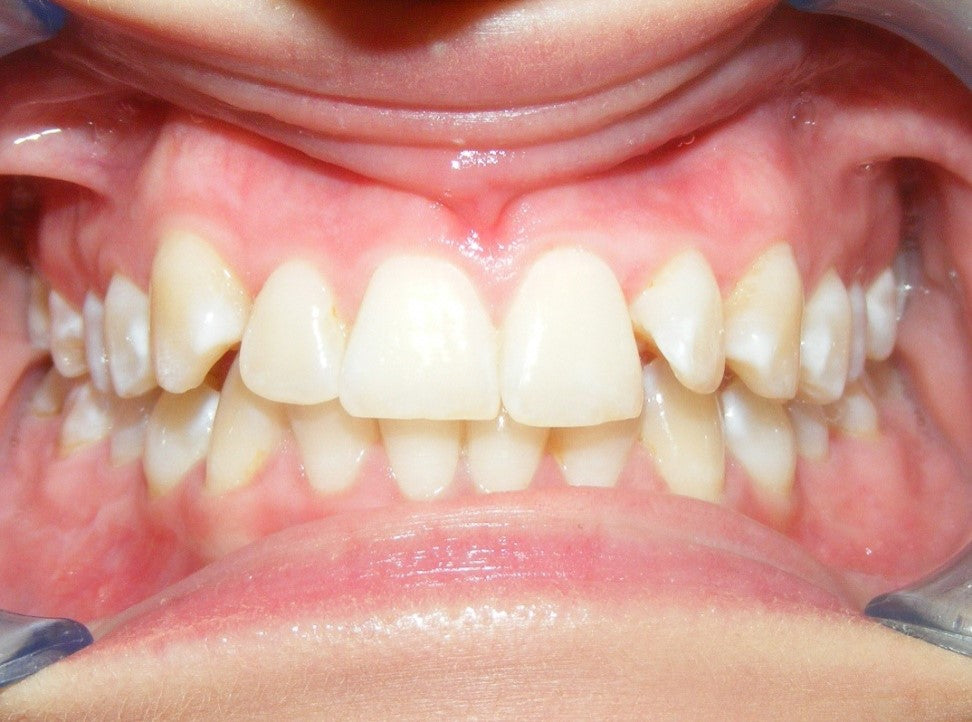 Before
Before After
After Before
Before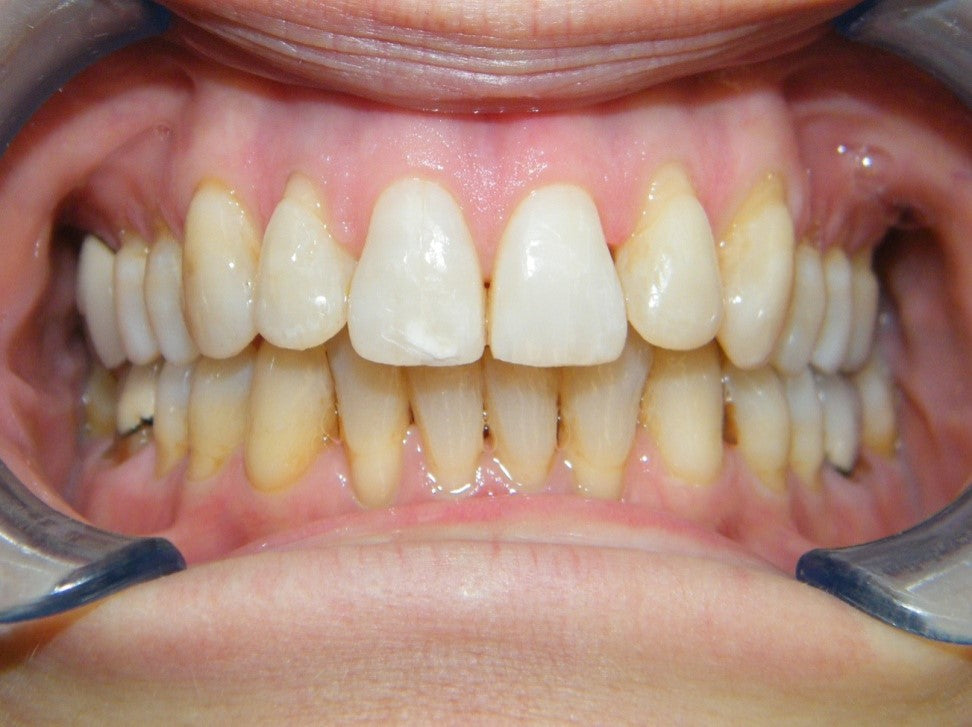 After
After